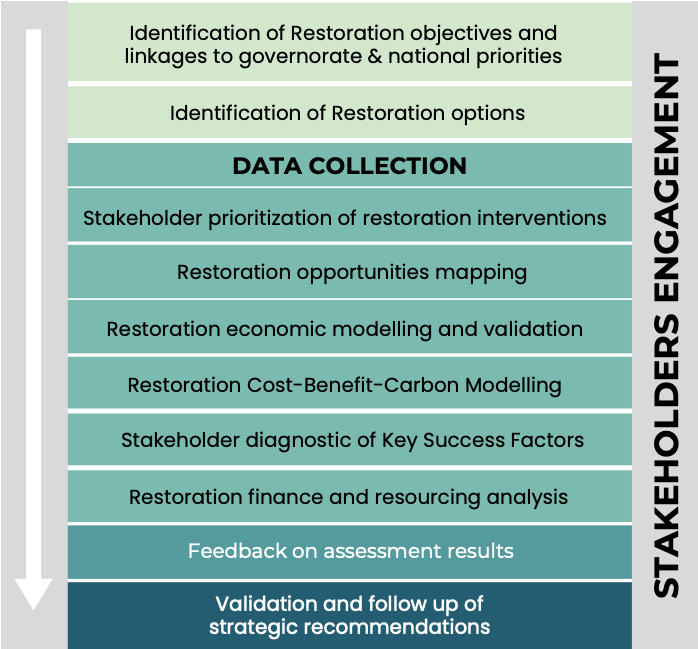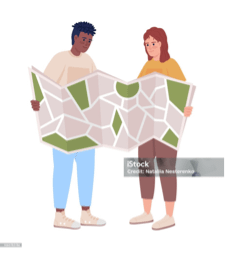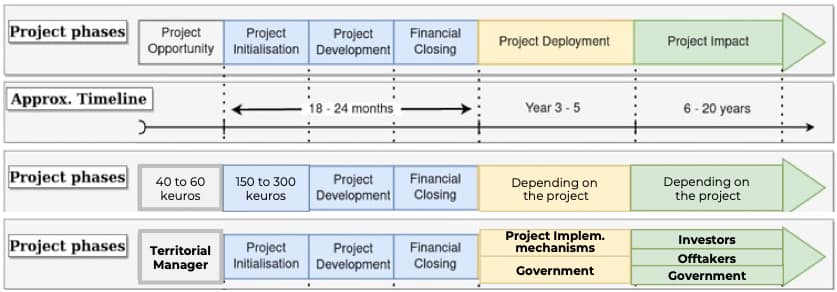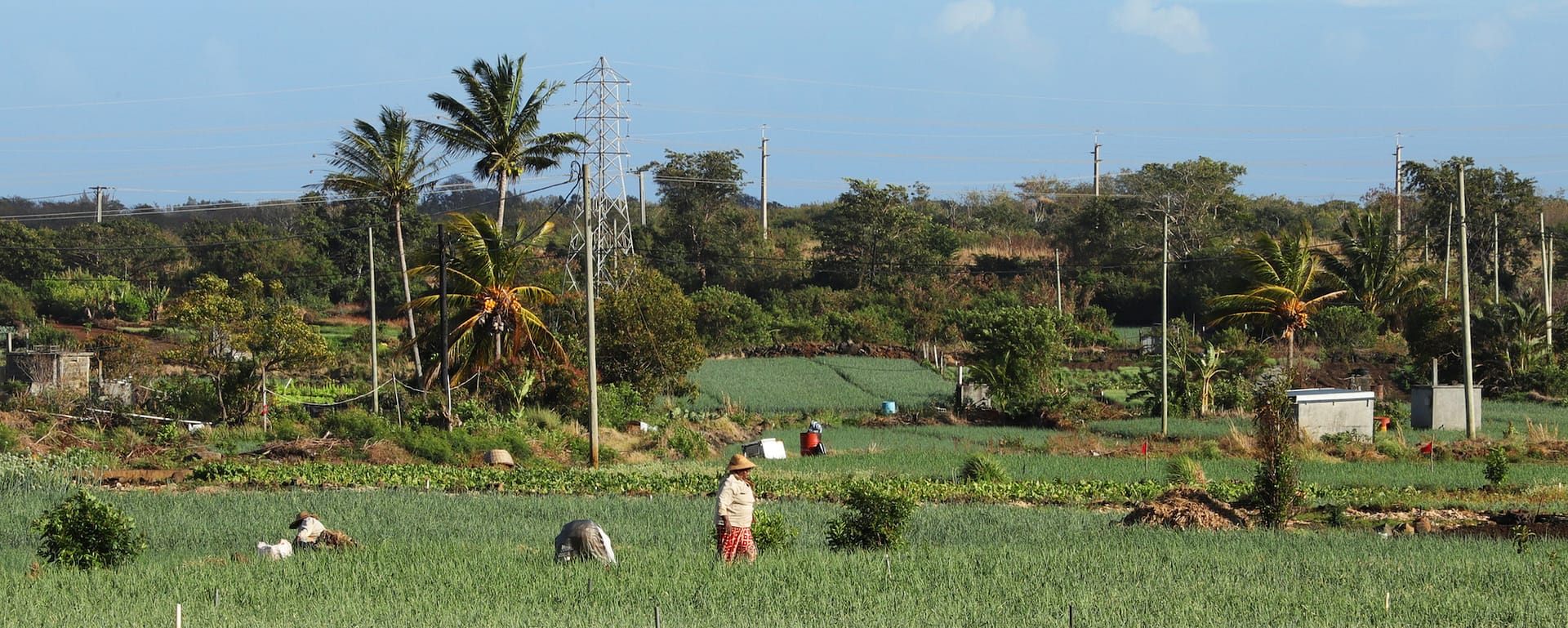The LDN Advisory Integrated Regenerative (IR) approach to degraded land restoration is a holistic strategy designed to tackle the diverse challenges linked to land degradation. By seamlessly incorporating environmental, social, and economic factors, this approach fosters sustainable and regenerative practices. Through a rigorous methodology, we ensure that our regenerative agroforestry solutions align with all project stakeholders and integrate numerous sustainable, complementary value creation activities into the new Land Use Plan.
Introduction
While forest landscape restoration can involve restoring large contiguous tracts of land, most opportunities are in or near agricultural or pastoral areas. This is why, restoration must complement existing land uses, resulting in a mosaic of different land uses, including agriculture, agroforestry, improved fallow systems, ecological corridors, discrete forest areas, and riverside plantings to protect waterways. Landscape restoration can significantly enhance biodiversity, improve the provision of ecosystem services (such as water supply, pollination, erosion control, or carbon sequestration) but also builds more resilient ecosystems capable of coping with stresses and adapting to climate change.

Our Integrated Regenerative (IR) approach is forward-looking and dynamic, emphasizing resilience and creating future options to adapt to changing societal needs or emerging challenges. Key principles include:
- Focus on Landscapes: Restore entire landscapes, balancing interdependent land uses like protected forest areas, ecological corridors, agroforestry systems, agriculture, and well-managed plantations.
- Restore Functionality: Improve landscape functionality to provide habitat, prevent erosion and flooding, and withstand climate change impacts through various strategies, including restoring the landscape to its original vegetation.
- Multiple Benefits: Generate a variety of ecosystem goods and services by strategically increasing tree cover. This may involve adding trees to agricultural lands to enhance food production, reduce erosion, provide shade, or create a closed canopy forest for carbon sequestration and wildlife habitat.
- Leverage Strategies: Consider a range of technical strategies, from natural regeneration to tree planting, for restoring trees on the landscape.
- Involve Stakeholders: Actively engage local stakeholders in decisions about restoration goals, methods, and trade-offs, respecting their rights, land management practices, and providing benefits.
- Tailor to Local Conditions: Adapt restoration strategies to fit local social, economic, and ecological contexts, recognizing that there is no one-size-fits-all approach.
- Avoid Further Forest Cover Reduction: Address the ongoing loss and conversion of primary and secondary natural forests.
- Adaptively Manage: Be prepared to adjust the restoration strategy over time based on changing environmental conditions, human knowledge, and societal values, leveraging continuous monitoring and learning.
How do we assess restoration opportunities ?
We’ve designed a methodical process that we repeat to identify the optimal approaches for rehabilitating degraded land within a given area. Our aim is to address several important questions:
- Is the restoration of the selected degraded land practical and beneficial for the community, economy, and environment?
- Should this land be integrated into a broader area to ensure a consistent and unified restoration effort?
- What restoration actions are possible?
- How much will it cost to restore this land, and what are the potential benefits, such as carbon storage?
- What kinds of policy support or financial assistance are required to facilitate the restoration?
- Who are the stakeholders to consult and involve in this process?
Our methodology is based on a three steps approach, with a Project Management Team created between the Territorial Manager and the LDNA, in order to support every phase implementation, secure that the timeline is respected and that the adequate information is communicated to the stakeholders involved.
Phase 1 : Project Opportunity report :
A good Sustainable Landscape Restoration project starts with a rigorous Project Opportunity report. A good trip preparation and a one-week field mission will allow to check the basic project prerequisites and the drafting of the Preliminary Site Assessment & Project design report needed to convince the stakeholders and secure the seed funds necessary to launch and implement the project.
Phase 2 : Data Collection and analysis
This is the phase of the work which will vary most from one national application to the next, in terms of the techniques used and the process undertaken. Nevertheless in
most situations it should be possible to deliver the following analytical products:


By this stage, the process has gone through several iterations of data collection and spatial and non-spatial analyses and has generated an overall picture of the opportunities for forest landscape restoration at the national (or sub-national) level.

Phase 3 : Presentation and implementation
The outcomes of phase 2 will be derived from the most reliable data available to the assessment team, as well as the invaluable local insights and expertise they have garnered. LDNA’s strength lies in its ability to transform this exercise from a purely academic endeavor into practical and actionable recommendations, ensuring that it leads to tangible follow-up actions.
The final assessment report will center on:
- Identifying priority land restoration interventions
- Conducting an economic analysis outlining the costs and benefits of these interventions
- Analysing the carbon impact
- Proposing operational structures for land and operations ownership, along with their corresponding governance
- Analysing the financial resources requiredHighlighting the necessary policy, legal, and institutional support needed
LDNA ensures that its recommendations are shared and deliberated upon by a broader array of stakeholders and experts beyond those previously engaged. This inclusive approach is taken to guarantee that the assessment results resonate with all involved parties, and to foster support for the assessment outcomes among decision-makers.
The project implementation agenda is being proposed and validated

The ultimate indicator of a successful assessment will be that the key actors move forward with preparing policies, programmes or strategies on FLR that complement and help deliver national priorities on economic development, natural resource use, food, water and energy security, climate change mitigation, etc.

